Various terms are used in relation to collecting and processing of energy consumption data. Some of the more common terms are submetering, energy management information system, monitoring and targeting (M&T), measurement and verification (M&V). Although these terms relate to overlapping activities, they are not equivalent in content, cost and, most importantly, in value for business. In this short article I’ll explain why it is important to understand the difference between terms.
Why is this even important? Understanding difference between terms may mean a difference between achieving massive savings or just buying an additional maintenance headache.
Energy Use Submetering
Submetering is process of measuring energy consumption by a particular machine, such as plastic moulding machine, or by a system, such as chiller or production line. Submetering requires installation of one or several metering devices in addition to utility meter. Such submeters may not cover the whole facility.
Measured data is typically collected manually – either by reading meter or by downloading collected information from the data logger. How data is analysed and reported is not part of the submetering.
By itself submetering creates little to no value for companies, while creating additional work to floor personnel and maintenance costs. As a result, submeters are often neglected; metered data is collected irregularly if at all.
Submetering creates data. With no analysis data does not lead to action, thus no value is created.
EMIS – Energy Management Information System
EMIS builds on Submetering by adding automatic data transfer to a computer for analysis. Data processing can be done at different levels – from drawing graphs to statistical analysis – depending on company needs. Level of analysis is what sets different EMIS apart.
Basic EMIS put up a dashboard and printout of graphs and call it ‘energy use analysis’. As a visual representation of spreadsheets, graphs and gauges are easier to grasp. Analysis, if any, still has to be done by a human.
Better EMIS add an option to set an alarm when metered parameters exceed certain static thresholds, thus automating a simple analysis. The trick is to set sensible energy consumption threshold for a changing production conditions: with narrow thresholds maintenance manager is frequently alerted by false alarms, with wide thresholds energy performance deviations and malfunctions are missed. Practically, maintenance managers routinely choose a wide threshold and rely on other means of equipment performance monitoring.
The best EMIS do all the above while matching production and energy consumption data.
Such match allows users to set consumption thresholds that dynamically change with operational conditions, such as production, weather and other drivers. The best practice to determine dynamic thresholds is to use multi-variable regression analysis, which allows estimating how much energy machines should consume in the given operational conditions. With the best EMIS energy consumption analysis can be automated to save time to energy manager.
More importantly, using regression analysis an energy manager can report savings achieved in actual operational conditions to plant manager. So next time plant manager brings up energy bills and questions results of energy efficiency projects, an energy manager would not have to suffer explaining that savings are masked by increased production and hot summer. Instead, an energy manager will produce a calculation of savings performed in accordance with the best energy management practices.
Submetering created data, EMIS produced analysis, where is action?
Energy Management System
Does the best EMIS guarantee that company will reap all the benefits of energy management?
Not necessarily.
Analysis of consistently collected data (EMIS) that was accurately metered (submetering) creates reports, awareness of the situation. Results come from appropriate action on these reports.
Energy Management System is a set of policies and procedures that coordinates activities within company towards effective and efficient use of energy.
Proper EMS relies on EMIS and submetering, however, it’s not software and hardware that generate value to a company, it’s how company acts on results created through software and hardware.
The best practices of energy management are compiled into ISO 50001. Ever wondered how wide is the gap between your company’s energy management practices and those of the leaders? How much energy does your company waste now? You can quickly assess the gap by taking a no-cost online Energy Management Score test at http://www.greenq.ca/energy-management-score-assessment/
Read earlier posts on the connected topics:


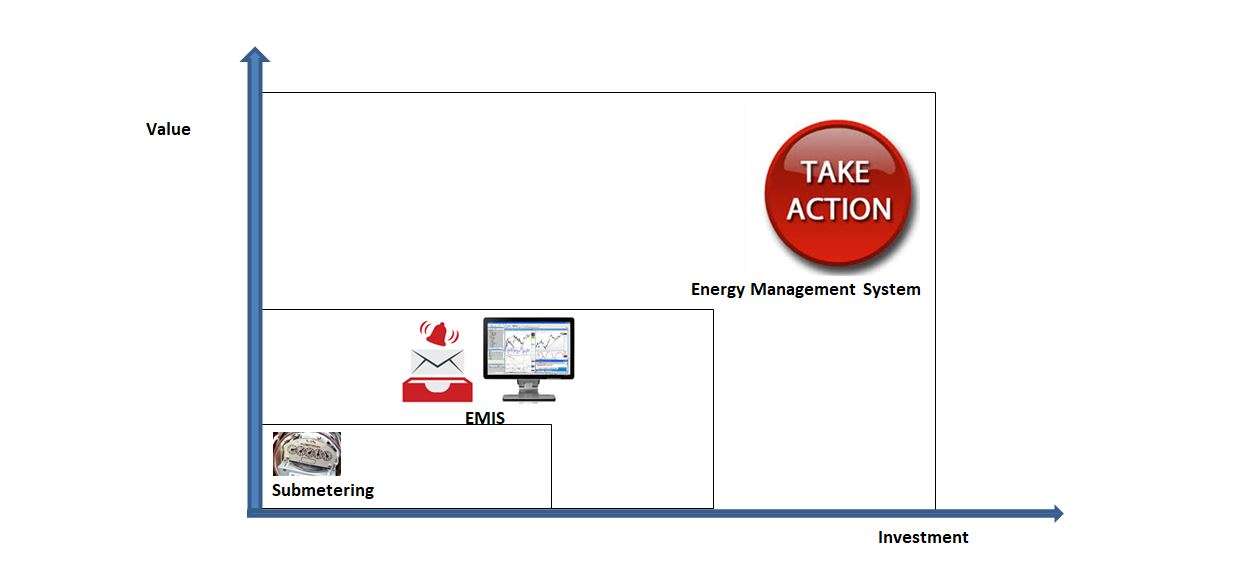
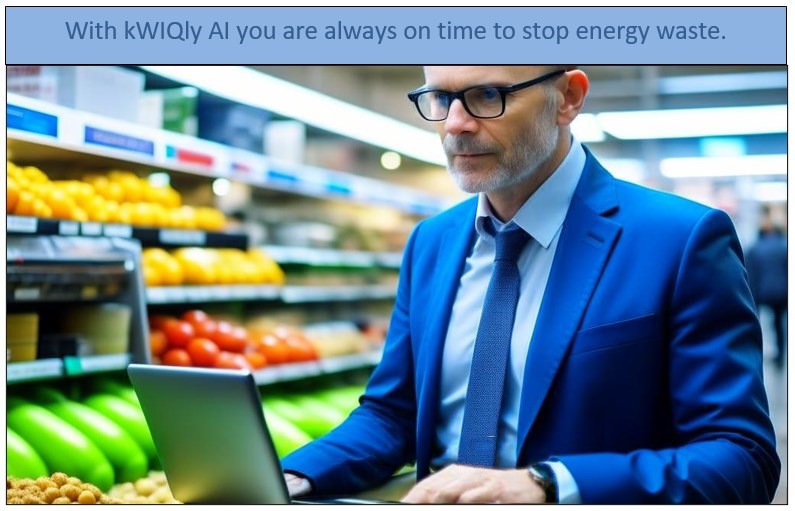
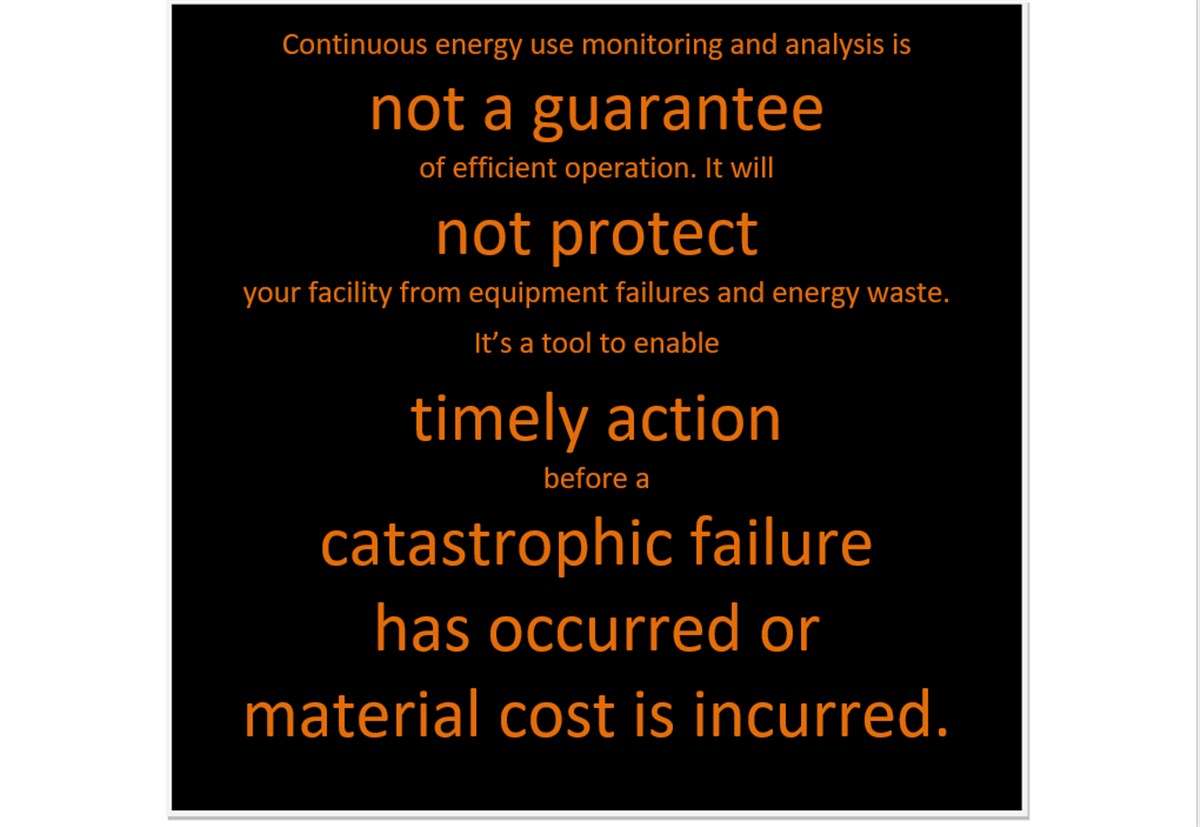
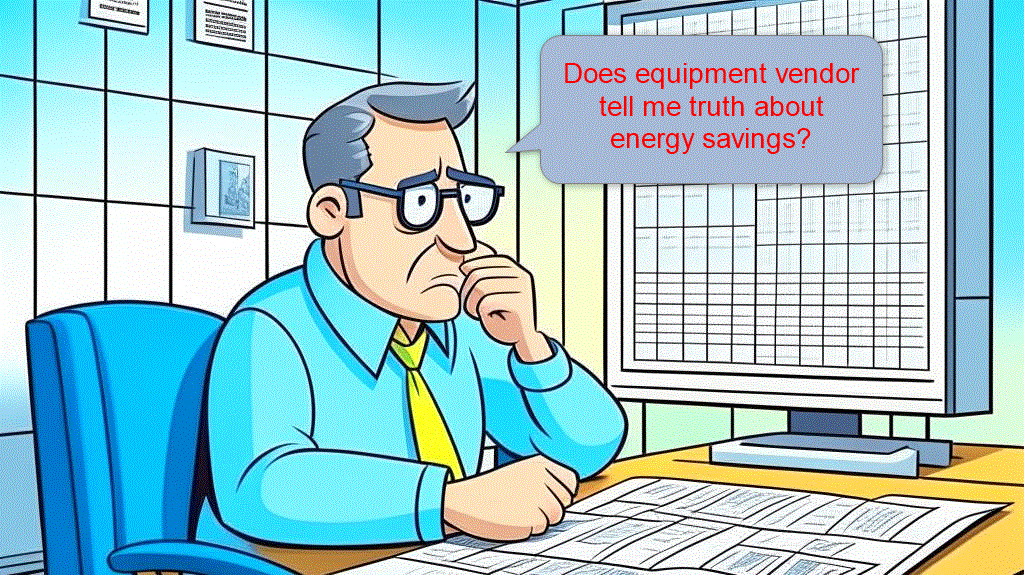
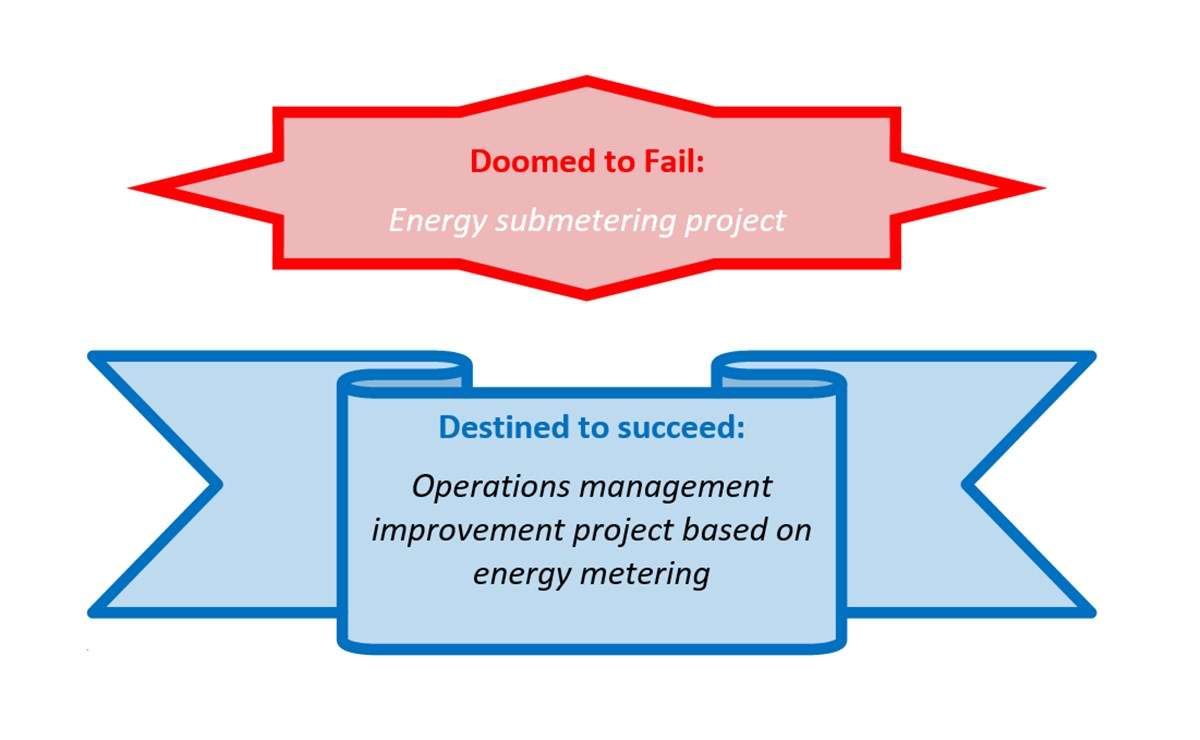
[…] Submetering, EMIS and Energy Management System: what is the difference? […]
[…] And how energy monitoring relates to energy management is a different story we discussed in an earlier post. […]